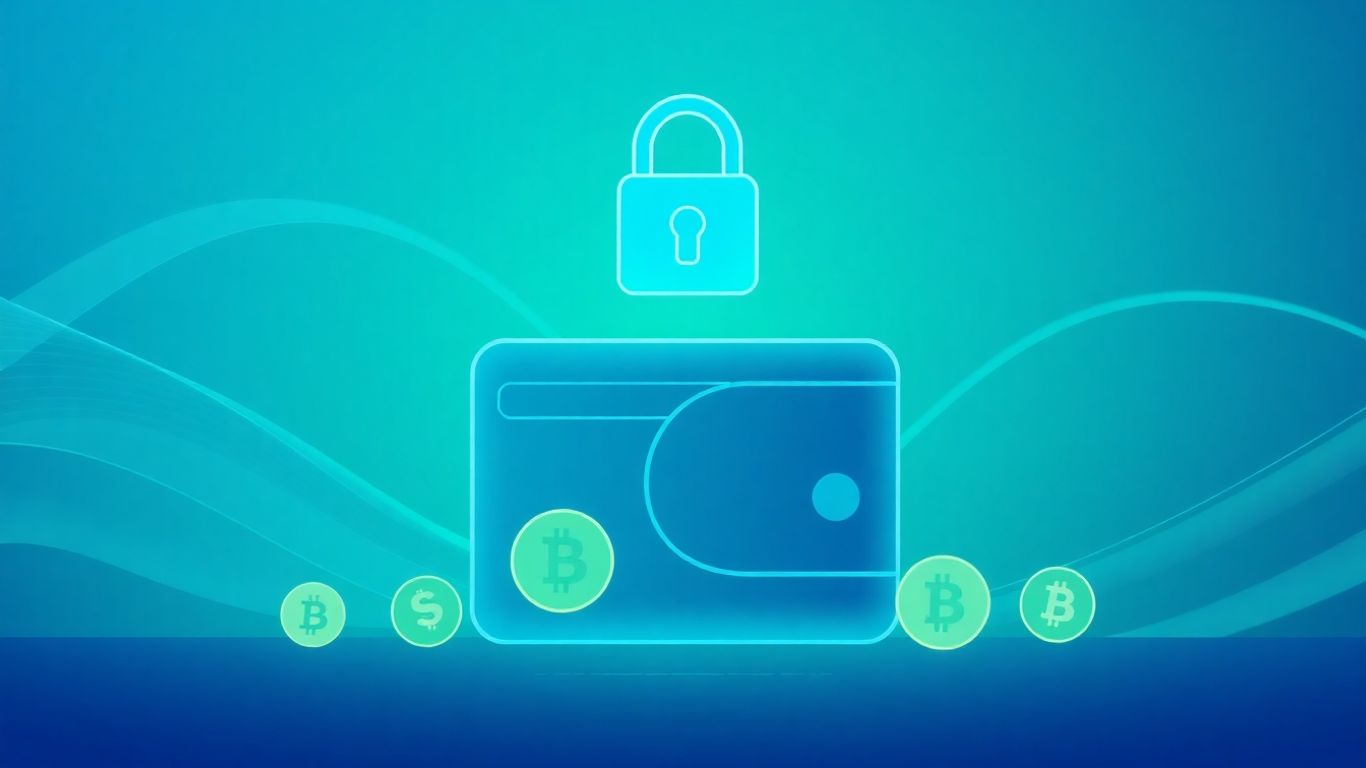[ newsletter ]
Stay ahead of Web3 threats—subscribe to our newsletter for the latest in blockchain security insights and updates.
Thank you! Your submission has been received!
Oops! Something went wrong. Please try again.
Explore smart contract risk scoring, vulnerabilities, and security techniques to safeguard blockchain applications.





Smart contracts are self-executing agreements written in code that run on blockchain technology. As they become more popular, understanding the risks associated with them is crucial. This article explores how to score these risks, identify common vulnerabilities, and implement best practices to ensure security. By learning about smart contract risk scoring, we can better protect our digital assets from potential threats.
Smart contract risk scoring is a method used to evaluate the safety of smart contracts. It helps identify potential threats and vulnerabilities that could lead to financial losses. By assessing these risks, developers can make informed decisions to protect their assets and users.
Risk scoring involves several key elements:
Unlike traditional security methods, which often rely on manual audits, risk scoring automates the evaluation process. This allows for:
Smart contract risk scoring is essential for maintaining the integrity of blockchain applications. It provides a structured approach to identifying and mitigating risks.
By understanding these components, developers can better protect their smart contracts and the assets they manage. For instance, the balancer audit by Veritas Protocol evaluates the security of a smart contract, revealing a security score of 78.74/100, which indicates average security. This emphasizes the importance of addressing high-severity vulnerabilities to prevent significant fund losses.

Smart contracts, while revolutionary, are not without their flaws. Understanding these common vulnerabilities is crucial for developers and users alike.
Reentrancy attacks occur when a smart contract calls an external contract and that external contract calls back into the original contract before the first call is finished. This can lead to unexpected behavior and potential loss of funds. To prevent this, developers should:
Integer overflow and underflow happen when arithmetic operations exceed the maximum or minimum limits of a variable. This can lead to unintended consequences, such as negative balances. To mitigate this risk, developers should:
Unchecked external calls can lead to vulnerabilities if the response from the external contract is not validated. This can allow malicious contracts to exploit the original contract. To avoid this, developers should:
Understanding these vulnerabilities is essential for building secure smart contracts. Regular audits and updates can significantly reduce risks.
By being aware of these vulnerabilities, developers can take proactive steps to secure their smart contracts and protect users' assets.
Static analysis involves examining the smart contract's code without executing it. This method helps identify potential vulnerabilities early in the development process. Key benefits include:
Dynamic analysis tests the smart contract while it is running. This technique helps uncover issues that may not be visible in static analysis. Important aspects include:
Formal verification is a mathematical approach to ensure that a smart contract behaves as intended. This method is crucial for high-stakes contracts. Key points include:
Understanding these techniques is essential for developers to create secure smart contracts. By employing a combination of static, dynamic, and formal verification methods, developers can significantly reduce the risk of vulnerabilities.
In summary, using a mix of these techniques can help identify and mitigate risks in smart contracts effectively. Each method has its strengths and can be used together for a more robust security posture.
There are several tools available for assessing the risks associated with smart contracts. Here are some of the most popular ones:
To better understand the effectiveness of these tools, we can look at their features and capabilities:
While these tools are helpful, they also have limitations:
In summary, using a combination of these tools can provide a more comprehensive view of smart contract risks. However, understanding their limitations is crucial for effective risk management.
Additionally, it’s important to stay updated with the latest developments in smart contract security, as new vulnerabilities and tools emerge frequently. Master smart contract auditing with our comprehensive guide to learn vulnerabilities, tools, and best practices to safeguard your blockchain projects.
The DAO attack is one of the most infamous incidents in the history of smart contracts. In 2016, a vulnerability in the DAO's smart contract allowed an attacker to drain $60 million worth of Ether. The exploit was executed through a reentrancy attack, where the attacker repeatedly called the withdraw function before the contract could update its balance. This incident led to a hard fork in the Ethereum blockchain, creating Ethereum and Ethereum Classic.
In 2017, the Parity Wallet hack resulted in the loss of $30 million in Ether. The issue arose from a flaw in the multi-signature wallet contract, which allowed an attacker to take control of the wallet and drain funds. This incident highlighted the importance of proper access control in smart contracts, as the vulnerability stemmed from a lack of restrictions on critical functions.
Recent years have seen a surge in DeFi exploits, with losses totaling over $6 billion. Common vulnerabilities exploited include:
Understanding these case studies is crucial for developers to learn from past mistakes and improve the security of future smart contracts.

Conducting thorough code audits is essential for identifying vulnerabilities in smart contracts. Regular reviews help ensure that any potential issues are caught early. Here are some key points to consider:
Utilizing established security patterns can significantly reduce risks. Some effective patterns include:
Ongoing monitoring is crucial for maintaining the security of smart contracts. Consider the following:
Regular updates and monitoring are vital to ensure the ongoing security of smart contracts. Without them, vulnerabilities can lead to significant financial losses.
The use of artificial intelligence (AI) and machine learning is becoming crucial in smart contract security. These technologies can help identify vulnerabilities faster and more accurately than traditional methods. By analyzing patterns and behaviors, AI can predict potential threats before they become serious issues. This proactive approach is essential as the complexity of smart contracts increases.
As smart contracts handle sensitive data, privacy-preserving techniques are gaining importance. These methods ensure that user data remains confidential while still allowing for effective security audits. Techniques like zero-knowledge proofs can help maintain privacy without compromising security, making them vital for future developments in smart contract technology.
With the rise of smart contracts, regulatory bodies are starting to pay more attention. Compliance with regulations will be essential for projects to gain trust and legitimacy. Future trends will likely include the development of frameworks that ensure smart contracts meet legal standards, helping to protect users and investors alike.
The future of smart contract security will leverage predictive threat intelligence and AI-powered detection tools to identify vulnerabilities and mitigate risks. As the market for smart contracts expands, affordable security audits will become accessible to more projects.
In conclusion, understanding the risks associated with smart contracts is crucial for anyone involved in blockchain technology. These contracts can be powerful tools, but they also come with vulnerabilities that can be exploited. By using risk scoring systems, we can better identify and manage these threats. It's important to regularly monitor and update smart contracts to ensure they remain secure. As technology evolves, so do the methods of attack, making it essential for developers and users to stay informed and proactive. By working together, we can create a safer environment for everyone in the blockchain space.
Smart Contract Risk Scoring is a way to measure how safe or risky a smart contract is. It helps people understand if a contract might have problems or be vulnerable to attacks.
Risk Scoring is important because it protects users from bad contracts. By knowing the risks, users can avoid losing money or getting scammed.
Common risks include things like reentrancy attacks, where a contract calls itself in a bad way, and issues with numbers that can cause errors.
You can check the risk of a smart contract using special tools that analyze the code and behavior of the contract to find any weaknesses.
If a smart contract has a high-risk score, it's best to avoid using it. You should look for safer options instead.
Yes, AI can help by quickly analyzing contracts and finding risks that might be missed by humans. This makes it easier to keep contracts safe.


